
What Does a Garage Door Tune Up Service Include?
Imagine a garage door as a giant robot that works hard every day, opening and closing so you can park your car or get your bike. Just like a toy or a bike, it needs to be checked and fixed every now and then to keep working smoothly. That’s what a garage door tune up service is for! It’s like giving your garage door a check-up to make sure it’s healthy and strong. Let’s walk through what happens during a garage door tune-up, step by step.
1. Checking the Door’s Balance
The first thing the garage door technician does is check if the door is balanced. What does that mean? Imagine holding a seesaw where one side isn’t heavier than the other. A balanced door works the same way—it should open and close without tilting or wobbling.
The technician starts by disconnecting the door from the opener and lifts it manually (with their hands). If the door stays in place when they let go, it’s balanced. If it moves up or down on its own, it means the springs might need adjusting.
2. Inspecting the Springs
The springs on your garage door are like the muscles of a robot—they do the heavy lifting. There are two main types: torsion springs (above the door) and extension springs (on the sides).
What do technicians look for?
- Are the springs rusty or worn out?
- Are they stretched too much or about to snap?
- Do they make creaking or popping sounds?
If the springs are damaged, the technician might fix or replace them. Springs are super important because they help the door open and close safely.
3. Tightening Loose Nuts and Bolts
Garage doors have lots of tiny nuts, bolts, and screws holding everything together. Over time, these parts can get loose because the door moves a lot.
Loose bolts can cause the door to shake, squeak, or even fall off its track. Tightening them helps the door stay sturdy, which the technician does by using special tools to tighten every bolt and screw. They also check the brackets and hinges, which connect the door panels and hold the tracks in place.
4. Inspecting the Rollers
The rollers are little wheels that help the garage door slide up and down smoothly. They move inside the tracks, like a train on its rails.
Technicians check if the rollers are cracked, worn out, or dirty. If the rollers aren’t working well, they replace them with new ones. Good rollers make the door quieter and easier to open, but if they’re broken, the door can get stuck or move unevenly.
5. Cleaning and Lubricating Moving Parts
Lubrication is like giving the door some oil to keep its parts moving smoothly. Without it, the parts rub together and wear out faster.
What gets lubricated?
- The springs, rollers, and tracks.
- The hinges that help the door bend as it moves.
- The chain or screw on the garage door opener.
The technician uses a special spray or grease that’s safe for garage doors. They wipe off dirt and old grease before adding new lubricant. Lubrication reduces noise, prevents rust, and makes the door last longer. Think of it as putting lotion on dry skin—it keeps everything smooth and happy.
6. Examining the Tracks
The tracks are the metal paths on the sides of the garage door. They guide the door up and down, just like a train track guides a train.
What do they look for?
- Are the tracks bent or out of alignment?
- Are they clean, or is there dust and debris stuck in them?
- Are the brackets that hold the tracks tight and secure?
What happens if there’s a problem?
- Bent tracks are fixed or replaced.
- Dirty tracks are cleaned with a brush or cloth.
- Good tracks help the door move smoothly and prevent it from getting stuck.
7. Testing the Garage Door Opener
The garage door opener is like the brain of the door—it tells the motor what to do. During a tune-up, the technician checks if the opener is working properly.
These are little devices near the bottom of the door that ensure nothing is in the way. If something (like a toy or your foot) is under the door, the sensors stop it from closing. The technician tests these to ensure they’re aligned and working properly.
What do technicians check?
- Is the motor making strange noises?
- Does the remote control or wall button open and close the door correctly?
- Are the safety sensors working?
8. Testing the Door’s Auto-Reverse Feature
The auto-reverse feature is like a safety shield for your garage door. If the door hits something while closing, it should stop and go back up.
The technician places a block of wood or another object under the door. If the door touches the object and reverses, the feature is working. If it doesn’t, they adjust the settings or fix the sensors. This feature is super important for keeping kids, pets, and belongings safe.
9. Checking the Cables
Garage doors have thick metal cables that help lift and lower the door, which are attached to the springs and pulleys.
What does the technician check?
- Are the cables frayed or worn out?
- Are they properly attached to the drum (the round part that winds the cable)?
- Damaged cables can snap and cause the door to stop working, so they’re replaced if needed.
10. Inspecting the Weatherstripping
Weatherstripping is the rubber seal at the bottom of the door. It keeps out rain, dirt, and bugs, and helps with insulation.
The technician will check if the seal is cracked or torn and replace it if it’s damaged or not sealing properly. Good weatherstripping helps keep your garage clean and comfortable.
11. Testing the Door’s Overall Operation
Finally, the technician tests the door to make sure everything works perfectly.
How do they do this?
- Open and close the door a few times to check for smooth movement.
- Listen for unusual noises, like grinding or squeaking.
- Make sure the door stops where it’s supposed to and doesn’t slam shut.
- If they notice any issues, they make final adjustments.
Why is a Garage Door Tune-Up Important?
A garage door is one of the hardest-working parts of your home. It opens and closes thousands of times a year! Regular tune-ups help:
- Prevent big problems and expensive repairs.
- Make the door quieter and smoother.
- Keep you and your family safe.
- Extend the life of the door and opener.
Think of it like going to the doctor for a check-up—it keeps everything in tip-top shape!
Experts recommend getting a garage door tune-up once a year. If you use your garage door a lot, you might need it more often. Regular tune-ups can save you time, money, and stress in the long run.
FAQ
What is a garage door tune-up service?
A garage door tune-up service includes a thorough inspection and adjustment of all components of your garage door system. This typically involves lubricating moving parts, checking the balance, inspecting the springs, cables, and tracks, and ensuring proper operation of the opener.
How often should I schedule a garage door tune-up?
It’s recommended to schedule a garage door tune-up once a year to maintain the system’s performance. Regular maintenance helps to prevent issues and extends the lifespan of your garage door.
What are the signs that my garage door needs a tune-up?
Common signs include slow or jerky movements, unusual noises like grinding or squeaking, difficulty opening or closing, or the door coming off track. A tune-up can address these issues and restore smooth operation.
Table of Contents
More Blogs to Check Out!
Categories

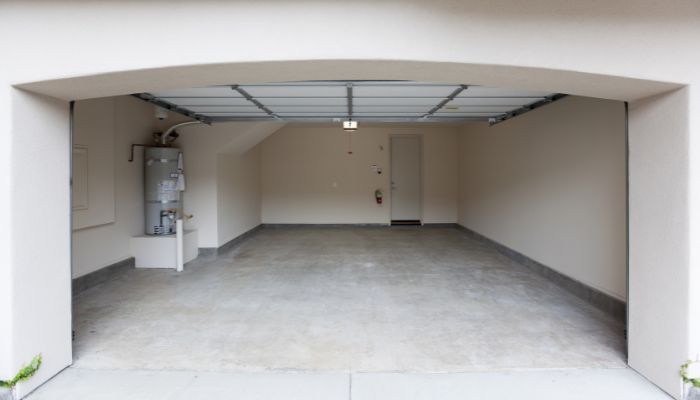
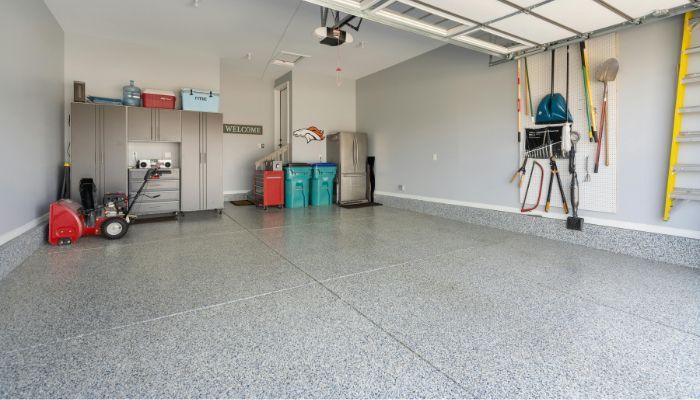
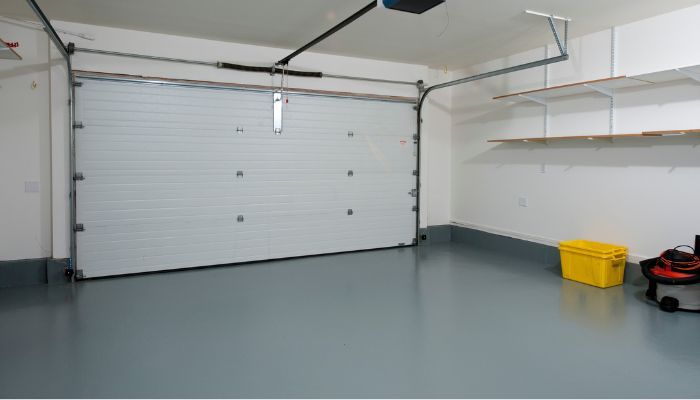


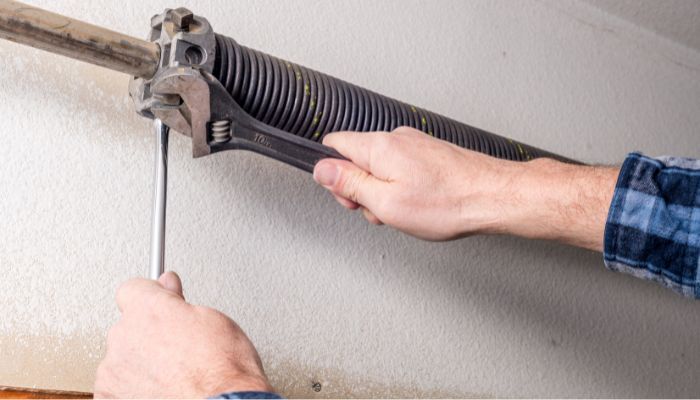
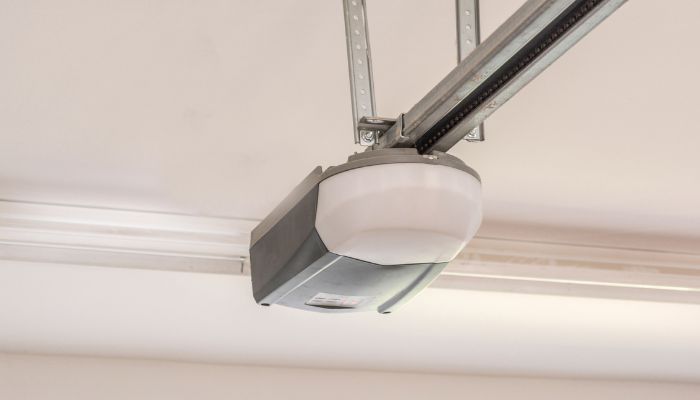




Leave a Reply